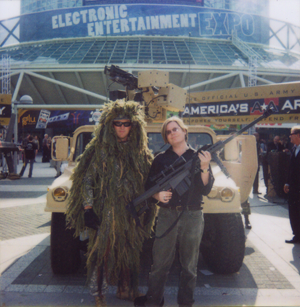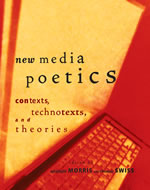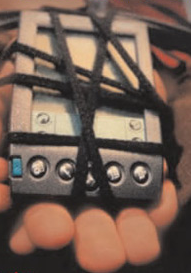Most discussions of story generation begin by considering James Meehan’s Tale-Spin (1976) — and deservedly so. Meehan’s project made the leap from assembling stories out of pre-defined bits (like the pages of a Choose Your Own Adventure book) to generating stories via carefully-crafted processes that operate at a fine level on story data. In Tale-Spin‘s case, the processes simulate character reasoning and behavior, while the data defines a virtual world inhabited by the characters. As a result, while altering one page of a Choose Your Own Adventure leaves most of its story material unchanged, altering one behavior rule or fact about the world can lead to wildly different Tale-Spin fictions.
There are two publications that already do a good job of telling us about Tale-Spin: Meehan’s dissertation (The Metanovel: Writing Stories by Computer, 1976) and a chapter in Inside Computer Understanding: Five Programs Plus Miniatures, 1981 (edited by Roger Schank and Christopher Riesbeck). But these sources don’t tell us much about Tale-Spin‘s story. Reading these publications we don’t learn many behind-the-scenes details about Tale-Spin‘s development, or get much sense of the process of Meehan’s work on it.
So, with help from his former student Walt Scacchi, I recently got in touch with Meehan. Now at Google, he was willing to take the time to write up a short narrative of Tale-Spin‘s development. The result was so good that I asked him if I could post it here for the wider GTxA readership, and he kindly agreed. He wrote:
Roger Schank arrived at Yale in the fall of 1974 as a charismatic hot-shot in natural language processing, pushing the idea that everything you know about language is wrong (more or less). Language was not essentially about grammar and other formalisms; language was intertwined with cognition. If I don’t understand what you’re talking about, it doesn’t matter whether I recognize the structure of your sentences. Moreover, if I do understand what you’re talking about, it doesn’t matter whether your sentences are well-formed.
This is a preview of
The Story of Meehan’s Tale-Spin
.
Read the full post.





